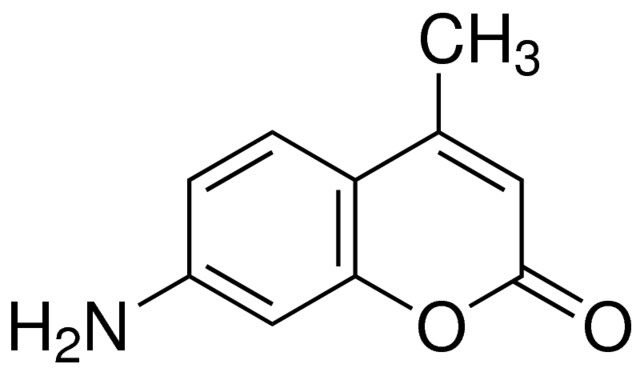An introduction to MAC peptides
Many active substances in the body are in the form of peptides. Peptides are involved in various fields of human hormone, nerve, cell growth and reproduction. Their importance lies in regulating physiological functions of various systems and cells in the body, activating relevant enzyme systems in the body, promoting permeability of intermediate metabolic membrane, or by controlling DNA transcription or affecting specific protein synthesis, and finally producing specific physiological effects.
Peptides are important substances involved in various cellular functions in human body. Peptides can be synthesized into cells and regulate their functional activities. Peptides act as neurotransmitters in the body, carrying information. Peptides can be used as a transportation tool in the human body to transport all kinds of nutrients and vitamins, biotin, calcium and trace elements beneficial to human body to the cells, organs and tissues of the human body.
Peptide is an important physiological regulator of the human body. It can comprehensively regulate the physiological function of the human body, enhance and play the physiological activity of the human body, and it has important biological functions.
Peptides are too important for human cell activity, functional activity, and life existence. But modern people because of various factors in the human body of peptide loss, loss, synthetic peptide ability greatly weakened, so the modern human body lack of peptide, must supplement synthetic peptide, peptide is complementary activity, peptide is complementary vitality, peptide is complementary life.
AMC peptide is a small molecule peptide consisting of 10 amino acid residues. Its full name, 7-amino-4-methylcoumarin, is used in fluorescent staining and detection techniques in biological research.

AMC peptides have been widely used in fluorescence staining. It can be used to label proteins, nucleic acids and cell structures, and make them visible under fluorescence microscopy.
AMC peptides bind to other molecules during the staining process and emit fluorescence signals under the action of excitation light source. This signal can be captured and recorded, helping scientists observe and understand the interactions between cells, tissues and organs.
In addition to their applications in fluorescent staining, AMC peptides can also be used in bioanalytical techniques, such as the detection of enzyme activity. In this case, AMC peptides are often added to the reaction system as substrates to evaluate the efficiency and speed of enzyme catalysis. As the number of enzyme-catalyzed AMC peptides increases, so does the fluorescence intensity, providing a direct measure of the change in enzyme activity. This method, called fluorescence enzyme assay, is widely used in biology laboratories.
Read Related Articles:
Copyright © 2020 Omizzur Inc | Terms & Conditions | Privacy Notice | Sitemap